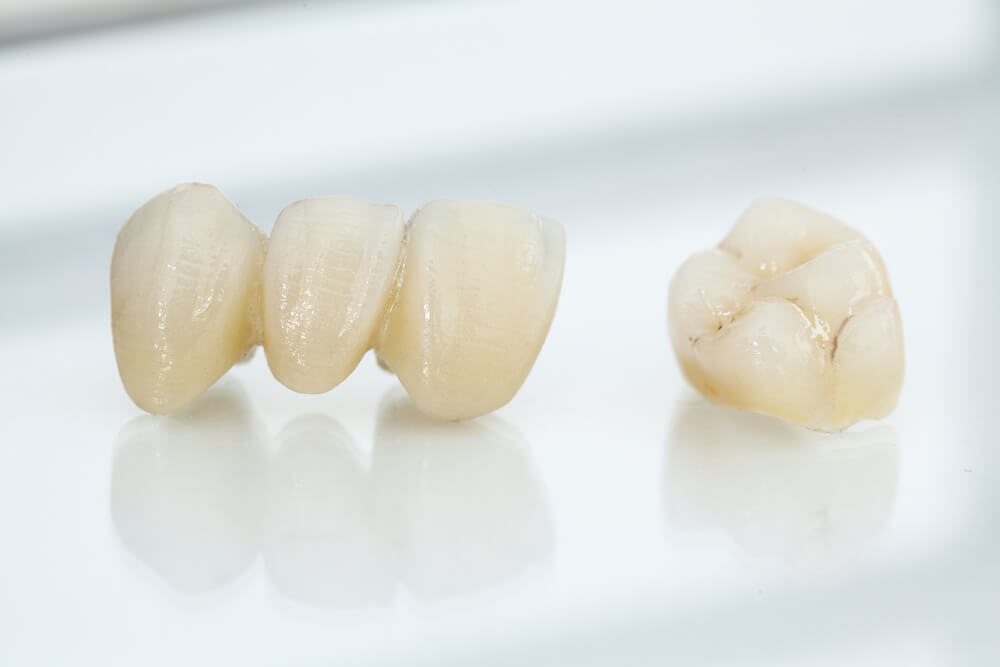
There is a common perception that dental treatments are painful, specifically dental crowns. Some of it is learned, some of these ideas have to do with what we experience. Our mouths are sensitive, and just the idea of having someone work inside of it can be unsettling.
“Does it hurt to get a crown?” We’ve heard this question over the phone and in-office from patients occasionally. If you have the same question in mind, we have good news for you! The vast majority of our patients experience little to no pain when getting a dental crown from Silver Smile Dental. Here’s why!
Taking the Pain Out of Getting a Crown
Every time that we have a patient undergo a crown treatment, we use a couple of anesthetics to eliminate pain. Below is a brief description of why each is used during a typical crown procedure.
- Topical Anesthetic. This anesthetic is in a gel form and simply rubbed onto the gums to numb the tissues. We use this as a first application to lessen the impact of a shot of local anesthetic.
- Local Anesthetic. Although this is administered as a shot, the topical anesthetic greatly reduces how it feels. Most patients state that it feels like a pinch instead of a shot. Local anesthesia deadens the nerves temporarily thus removing all senses of pain.
As an additional step, Dr. Chua uses a gentle touch during the procedure. She finds that doing so helps to maximize the comfort of her patients. She also explains exactly what is happening as she proceeds through your crown procedure.
So, getting a crown is not a painful experience when the proper measures are taken by the dentist you choose. At Silver Smile Dental, we take every step possible to make every patient comfortable, educated about their treatment, and pain-free.
After the Dental Crown Procedure
Once your crown is fitted and secured, you may experience some mild sensations which is perfectly normal. There is no need for a prescribed pain reliever in most cases. Hence, Dr. Chua will likely only recommend an over-the-counter pain reliever for the next day or two after the procedure.
